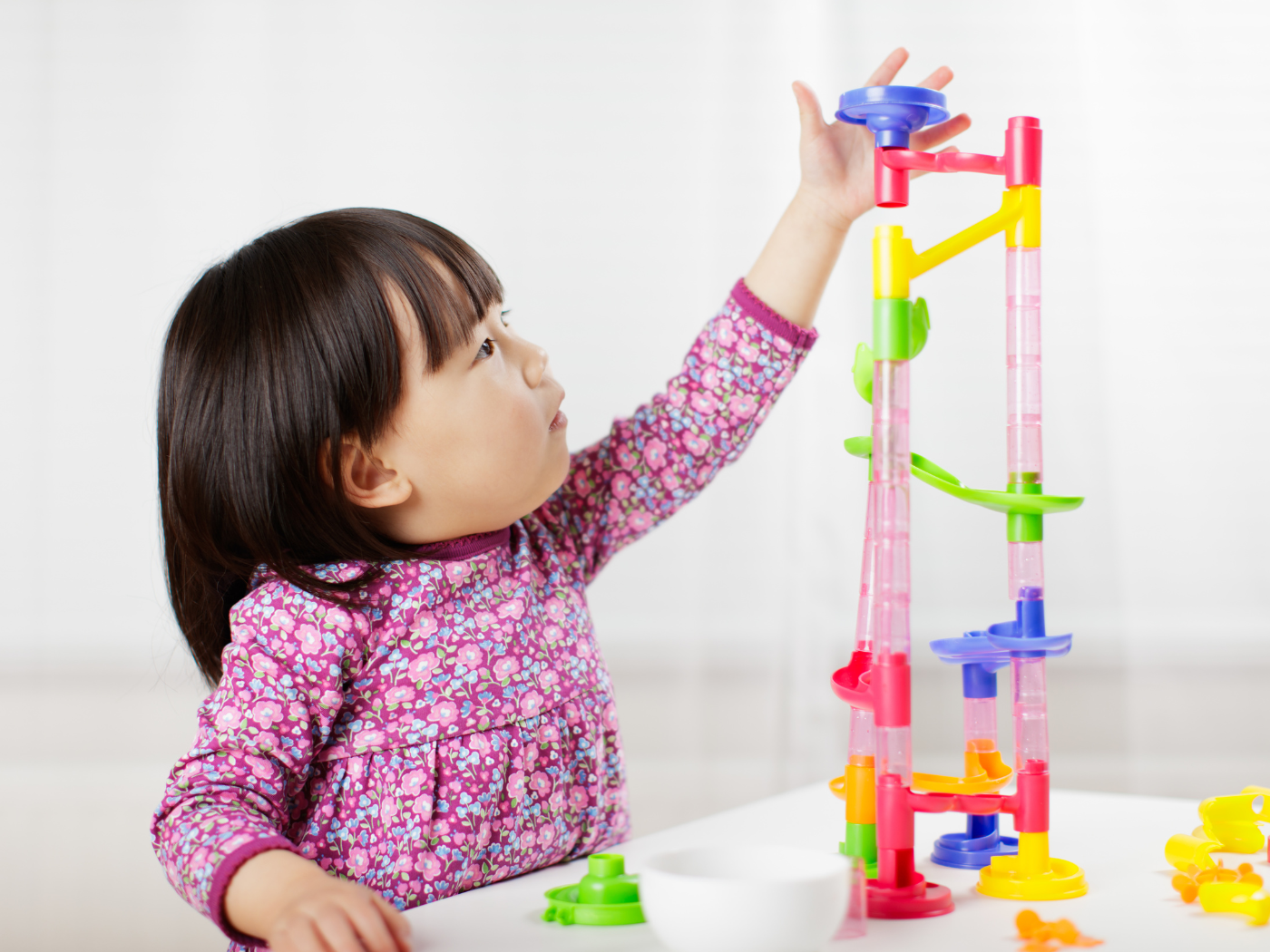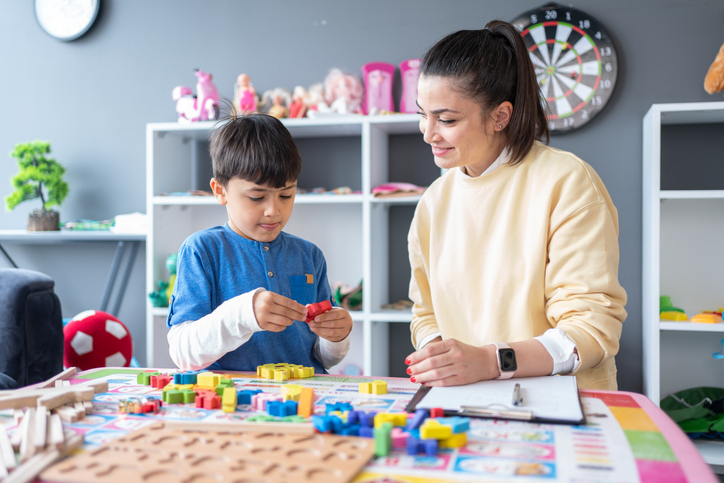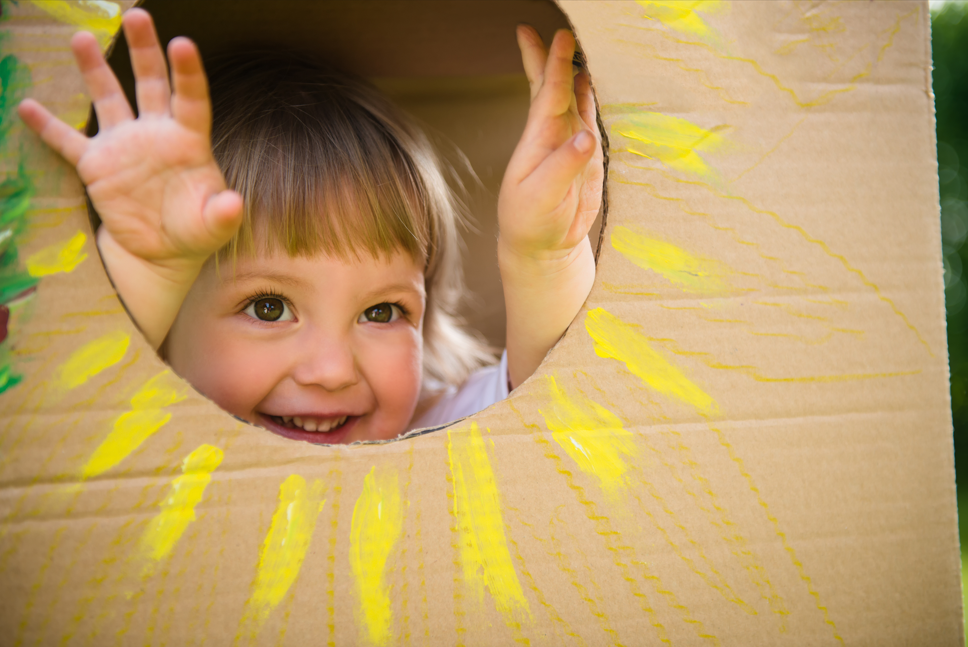Why Are Toys Important in ABA Therapy?
Applied Behavior Analysis (ABA) therapy supports children with autism in developing essential skills for independence, effective communication, and an improved quality of life. At Kyo, our Behavior Therapists use a naturalistic and fun approach, integrating child-centric, play-based activities to help children achieve their goals. Toys play a crucial role in this process. By incorporating each child’s interests and favorite toys, therapy sessions become more enjoyable and highly effective.
The Best Toys for ABA therapy
During ABA therapy sessions, we use a variety of toys to help children express themselves and learn through play. Therapists often integrate a child’s personal toys and introduce new ones to enhance learning. Here are five types of “ABA toys” that we find are beneficial for both therapy and playtime outside of therapy.
1. Sensory toys
Sensory ABA toys with different textures, sounds, firmness, and colors can be stimulating or soothing, depending on the therapy goals.
- Theraputty: Develops fine motor skills and promotes a calm, focused state with varying resistances.
- Play-Doh and Cutters: Calms with its soft texture and helps with language skills, turn-taking, and pretend play.
- DNA Ball Squishy Sensory Ball: Acts as a stress ball and sensory toy, providing enjoyable tactile stimulation.
- Transparent Tactile Shells: Engages sight, sound, and touch, enhancing cognitive skills like sorting.
- Creature Commforts Weighted Sensory Snake: Provides calming sensory input and supports pretend play.
- Light-up Orbiter Spinning Wand: Captures attention and can be used as a motivating reward or for teaching turn-taking.
2. Fine Motor Toys
These toys help develop fine motor skills, language skills, and turn-taking abilities.
- Car Ramp Racer: Improves hand-eye coordination and visual tracking while teaching concepts of movement and gravity.
- Marble Run: Enhances fine motor skills and hand-eye coordination through building and racing activities.
- Magna-Tiles®: Encourages creativity and understanding of color theory, shape recognition, and magnetic principles.
- Magnetic Maze Board: Develops fine motor skills using magnetic wands to move balls through a maze.
- Thingamajig Sensory Pillow: Combines sensory play with learning dressing skills using zippers, laces, and clasps.
3. Fidget Toys
Fidget toys provide sensory and tactile stimulation, helping children focus or stay calm.
- Tangle Toys: Offer bright colors, interesting movement, and varied textures for sensory stimulation.
- Dimpl Fidget Fun: Popular with children for its bright colors and silicon bubbles to poke and prod.
4. Emotion Toys
These toys help children express their emotions and make decisions.
- Jumbo Emotion Stones: Features eight stones showing happy, sad, surprised, and angry faces.
- Big Feelings Pineapple: Allows kids to explore emotions with 26 different face pieces.
- What Should I Do Now? Game: Facilitates discussion about social challenges and helps children explore social strategies.
5. Social Skills Toys and Games
These toys and games help children develop social skills through interaction.
- Card games: Uno, Go Fish, Crazy 8s, Exploding Kittens, Rummy and Hearts
- Elefun: an indoor movement game.
- Outdoor group games like Red Light, Green Light, “Horse” (basketball) frisbee, and soccer.
ABA Therapy with Toys
ABA therapy is highly effective when it’s play-based and incorporates toys that are motivating to each individual child. While we’ve highlighted several popular “ABA toys”, the best toys are those that captivate your child’s interest. Sometimes, simple household items like scarves, tissue boxes, and pots can be just as engaging. What are your child’s favorite “ABA toys”? Let us know!




